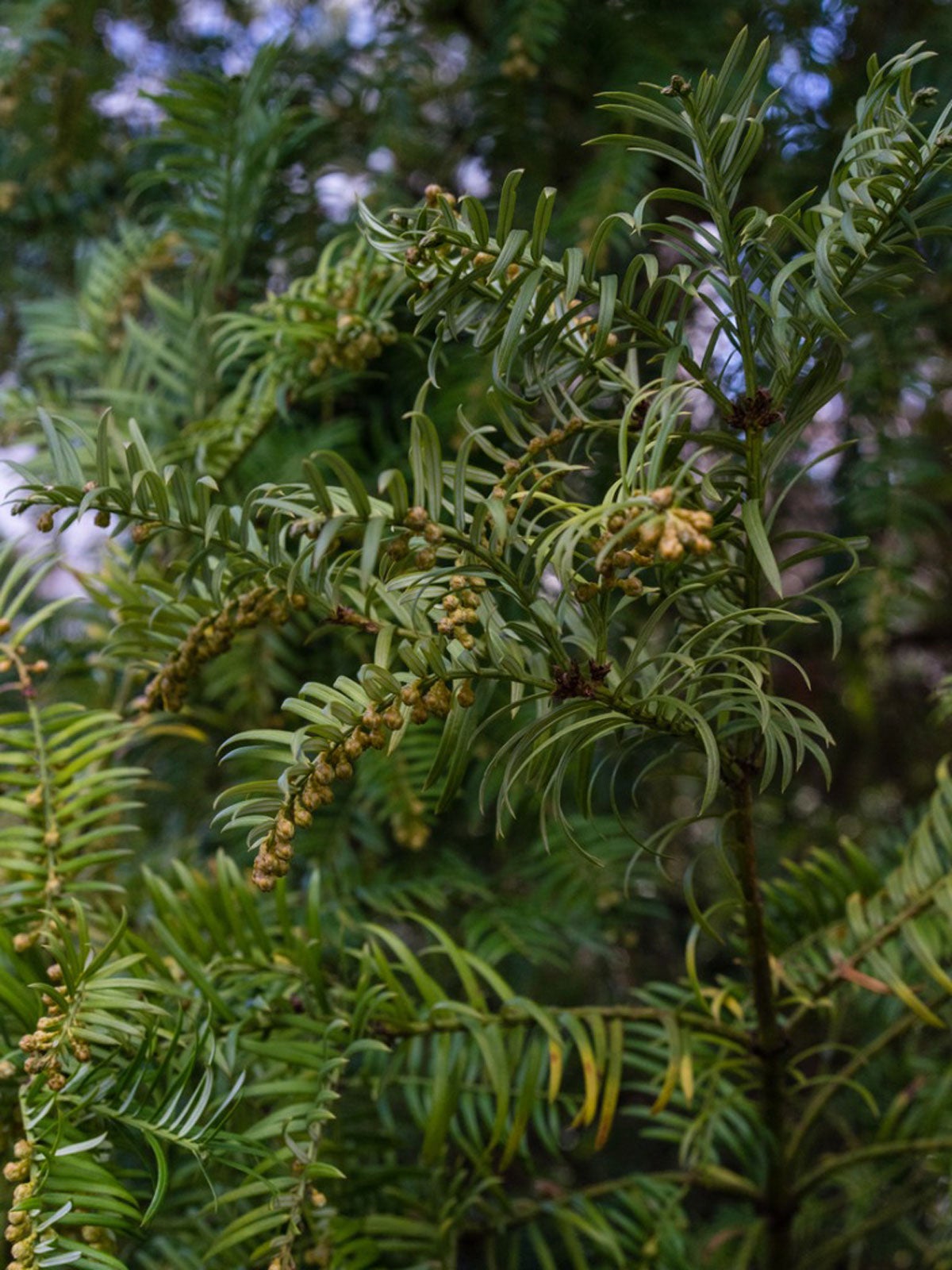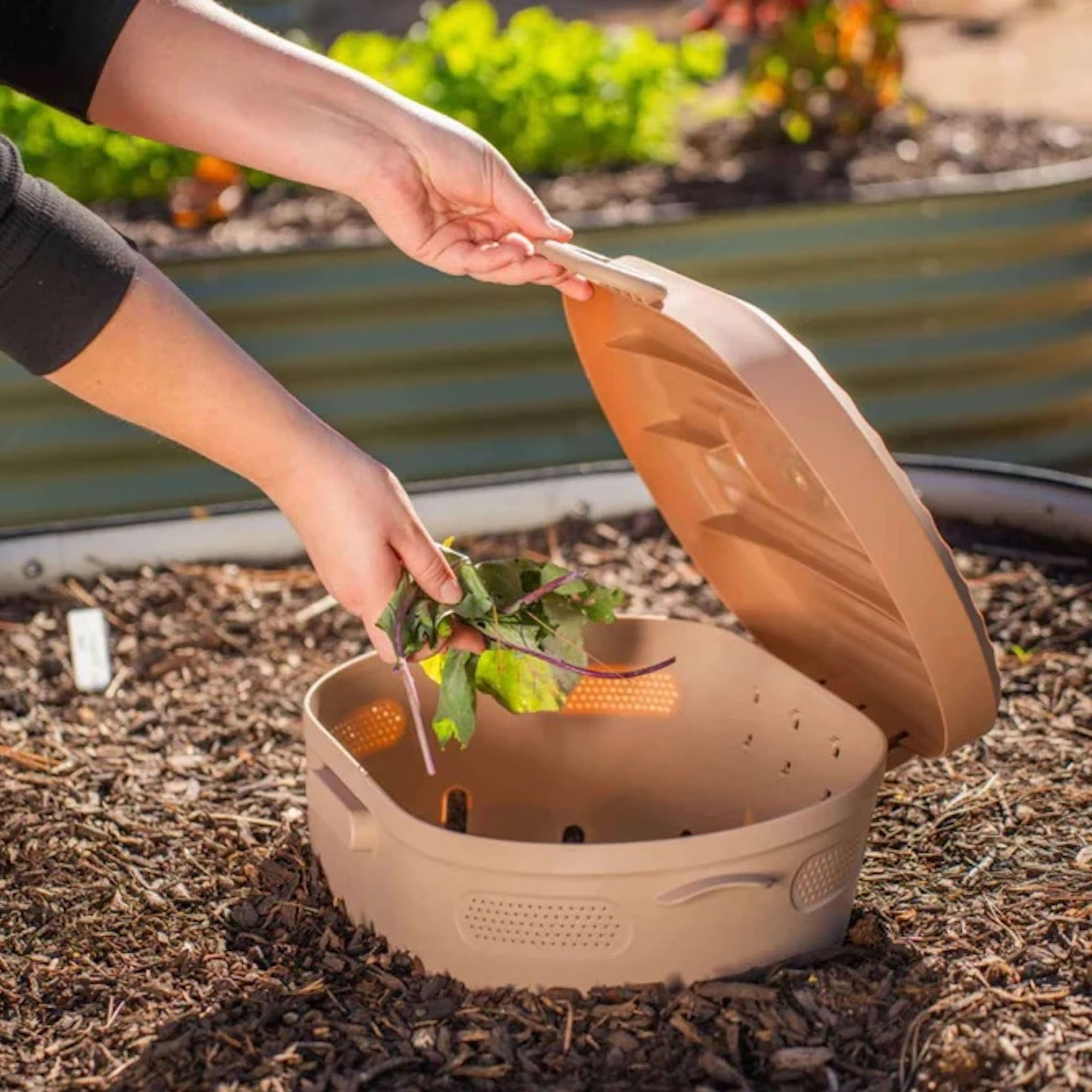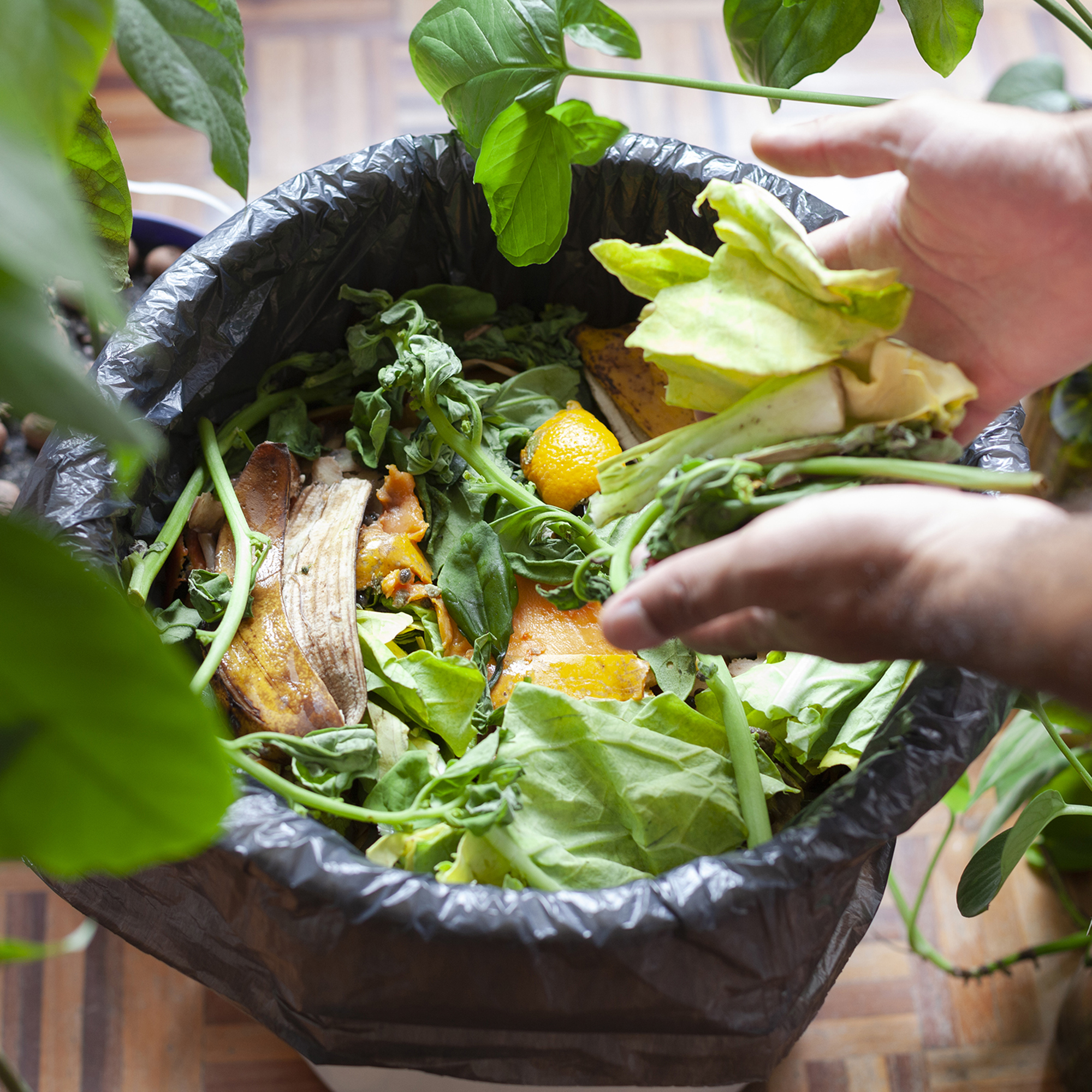Japanese Plum Yew Info – How To Grow A Plum Yew

If you are looking for an alternative to a boxwood hedge, try growing plum yew plants. What is a Japanese plum yew? The following Japanese plum yew info discusses how to grow a plum yew and Japanese plum yew care.
Japanese Plum Yew Info
Like boxwoods, plum yew plants make excellent, slow growing, formal clipped hedges or borders. Also, like boxwoods, the shrubs can be kept trimmed to a low height of a foot (31 cm.) if desired.
Plum yew plants (Cephalotaxus harringtonia) are dioecious, coniferous evergreens that when grown as a shrub reach a height of about 5 to 10 feet (2-3 m.) or when grown as a tree 20 to 30 feet (6-9 m.) in height.
They have linear, spirally patterned yew-like soft needles that are set in a V pattern on erect stems. Edible, plum-like fruits are produced on female plants when a male plant is nearby.
How to Grow a Plum Yew
Japanese plum yew plants are native to shaded wooded areas of Japan, northeast China, and Korea. Slow growers, the trees grow about a foot (31 cm.) per year. Well-maintained plum yew plants can live from 50 to 150 years.
The genus name Cephalotaxus hails from the Greek ‘kephale,’ meaning head, and ‘taxus,’ meaning yew. Its descriptive name is in reference to the Earl of Harrington, an early enthusiast for the species. The common name ‘plum yew’ is in reference to the resemblance to true yews and the plum-like fruit it produces.
Plum yew plants are tolerant of both shade and hot temperatures which makes them an excellent substitute for true yews in the southeastern United States.
Gardening tips, videos, info and more delivered right to your inbox!
Sign up for the Gardening Know How newsletter today and receive a free copy of our e-book "How to Grow Delicious Tomatoes".
Plum yew plants enjoy both sun and shade, moist, highly acidic to neutral sandy or loam soil. They are hardy in USDA zones 6 through 9, sunset zones 4 through 9, and 14 through 17. It prefers shaded environments in warmer latitudes and sun exposure where summers are cool.
Propagation can be made via softwood cuttings in the spring. Plants should be spaced 36 to 60 inches (1-2 m.) apart.
Japanese Plum Yew Care
Plum yew plants have few pest or disease problems with the exception of soil nematodes and mushroom root rot. Once established, plum yews require little care and are quite drought tolerant.

Amy Grant has been gardening for 30 years and writing for 15. A professional chef and caterer, Amy's area of expertise is culinary gardening.
-
 Try The Trend – Turn Any Bed Into A Keyhole Garden With This Clever In-Ground Composter
Try The Trend – Turn Any Bed Into A Keyhole Garden With This Clever In-Ground ComposterKeyhole gardening is an efficient and sustainable practice that saves space. Get started on this DIY project quickly and easily with an in-ground composter.
By Bonnie L. Grant
-
 4 Superfast Composting Methods: Turn Waste Into Garden Gold In 30 Days Or Less
4 Superfast Composting Methods: Turn Waste Into Garden Gold In 30 Days Or LessTry the fastest composting methods to turbocharge your pile and transform kitchen scraps and garden waste into finished compost in just a few weeks.
By Mary Ellen Ellis